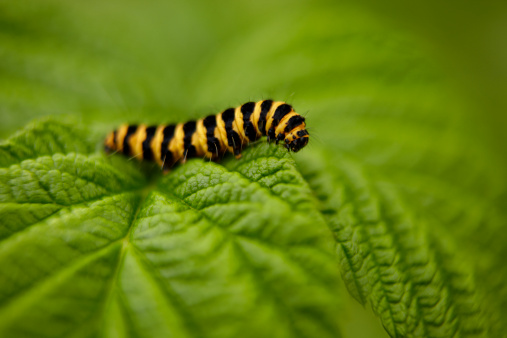How to Keep Bugs Away From Plants Organically

Not all insects in the garden are harmful for your plants. Some of the insects such as the ladybirds, lace bugs and praying mantis, do not harm the flowers or buds in any way. You need to have thorough knowledge of all the various types of garden insects before using any spray on your plants, so you know which insects should and should not be in the garden.
A good way to keep unwanted bugs away organically would be to plant flowers that have a strong odour, alongside the plants that you need in the garden which are more vulnerable to harmful insects. Bacillus thuringiensis can also be used to good effect on plants.
Instructions
-
1
Spray from a garden hose
You need to use a garden hose to spray the plants, to make sure no harmful insects such as aphids remain. A strong spray will make sure that the insects fall down and do not reach the leaves and buds of plants. You should take advice from expert gardeners on which spray and what amount should be used. -
2
Plant flowers with strong smell
You must plant flowers and herbs that have a very strong smell, alongside plants that are more vulnerable to insects. This will ensure that insects do not come close to the plants that are vulnerable; the pungent odour will make sure that the plants and herbs are protected from harmful insects. Some of these strong smelling herbs and plants include wormwood, mint and marigold. -
3
Introduce ladybugs and other insects to the garden
Ladybugs and other insects that are not harmful for plants should be introduced to the garden. This will keep other insects away from harming your plants. You should also not use sprays that can hurt these harmless insects, so that they continue to remain in your garden. -
4
Apply Bacillus thuringiensis on plants
Bacillus thuringiensis (Bt) helps in controlling stem-boring insects and larvae, that suck on the roots of different plants. The best way is to read the directions before you apply Bt, as it needs to be used in a specific quantity. You need to apply it on plants that are affected by bugs and harmful insects, instead of plants that house ladybugs, which are not harmful.





